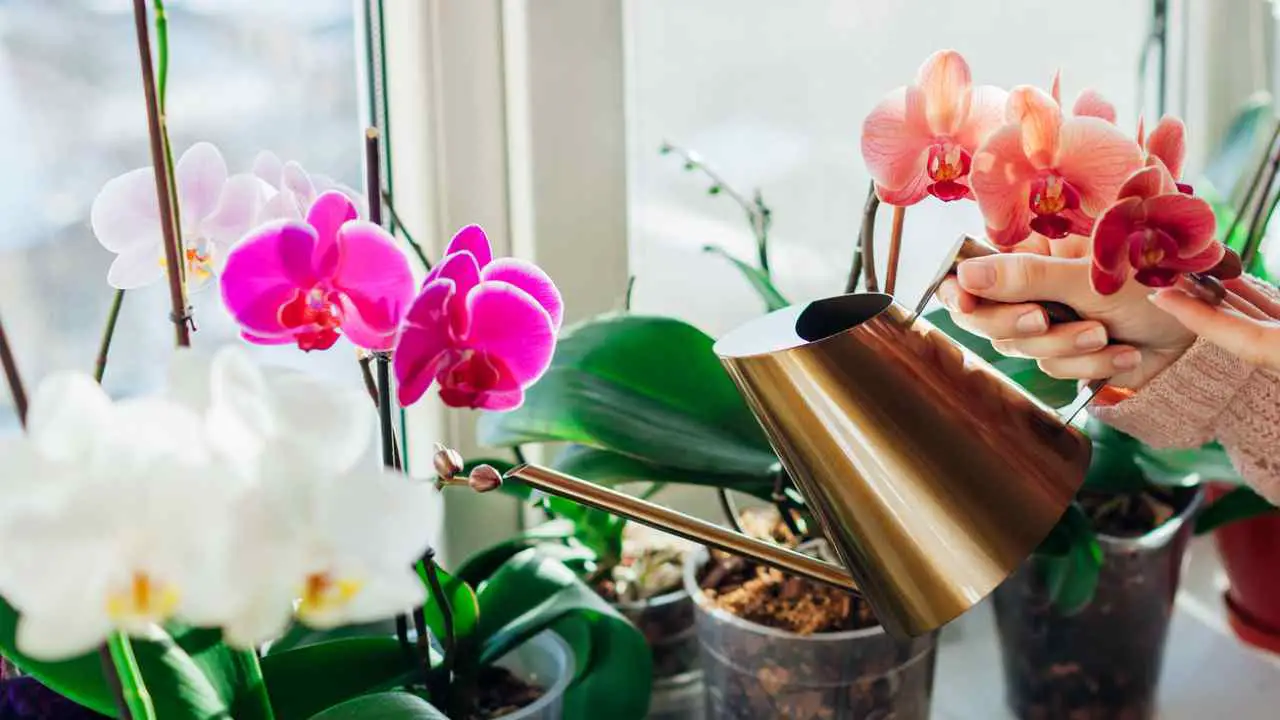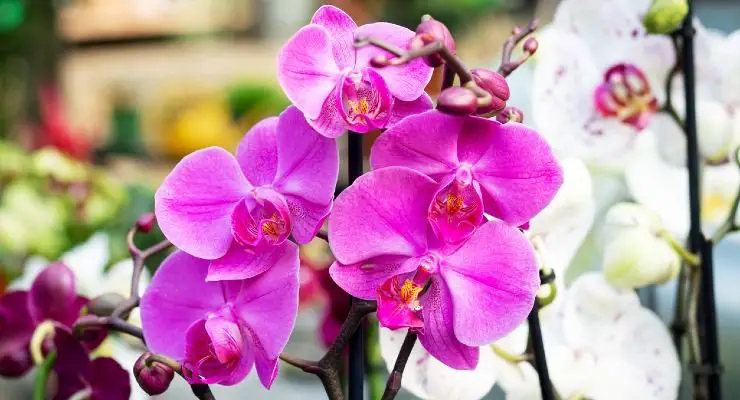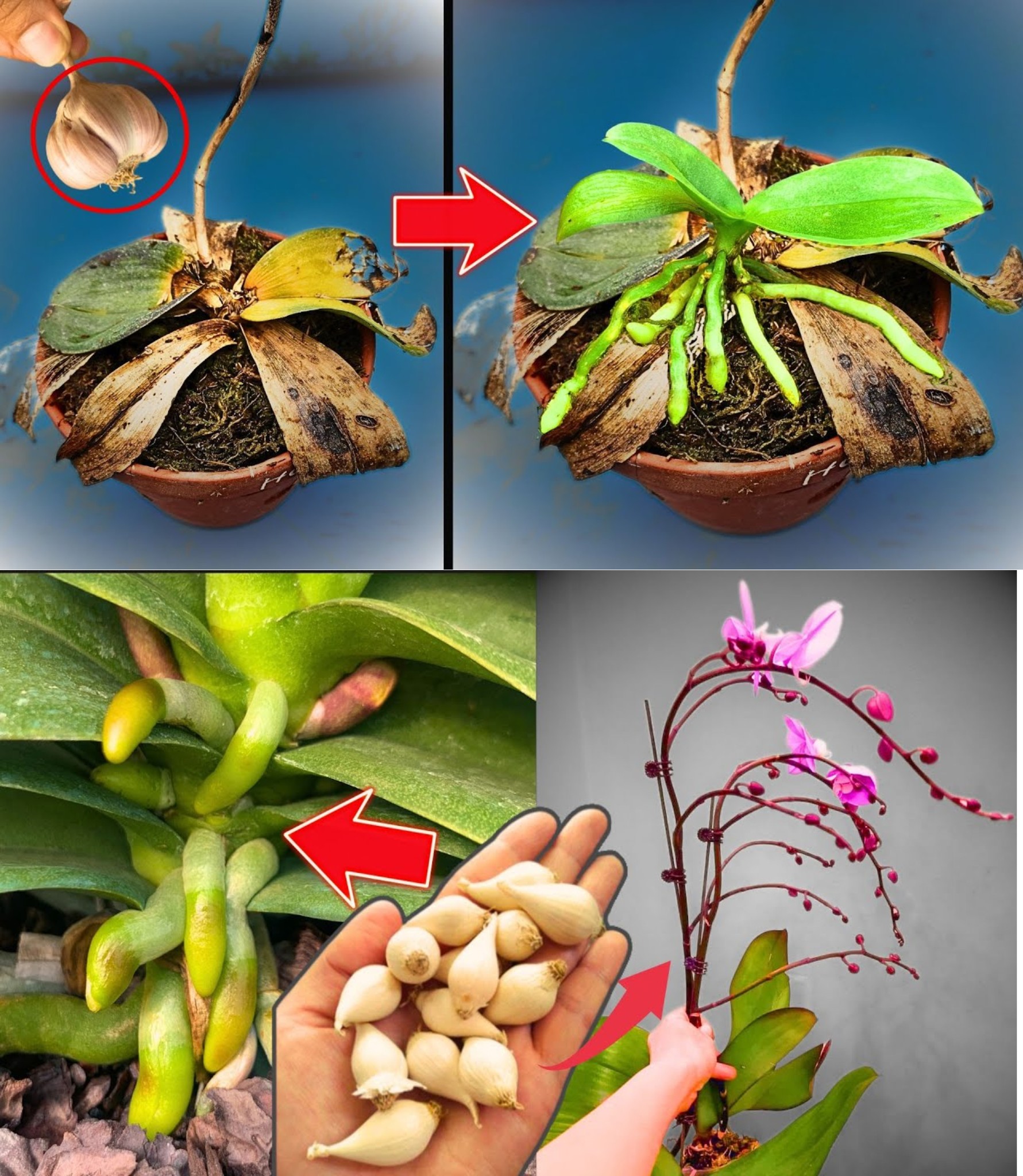This miracle fertilizer will cost you nothing and will allow you to make your beautiful orchids bloom again.

Delve into our article to uncover the secrets of creating a natural fertilizer that will propel your orchid’s growth into the realm of extraordinary.
How to make orchids grow lush
Orchids are exquisite plants that require meticulous care to thrive and produce magnificent blooms.

To ensure the well-being of your orchid, it’s crucial to avoid excessive watering, particularly during the night and the hottest hours of the day. These are the times when orchids are highly susceptible to “thermal shock,” a phenomenon that occurs when the temperature of the water drastically differs from the ambient temperature, causing stress to the plant.

While it’s essential to water your orchid’s soil or saucer, avoid directly wetting the leaves. However, if the leaves become significantly dusty or grimy, it’s important to clean them to enhance their breathing capacity.
To cleanse your orchid’s leaves, prepare a solution of 70 ml of water and 30 ml of full-fat milk. The rich proteins in this solution will effectively cleanse the leaves and also act as a natural antifungal agent, safeguarding your orchid from fungal diseases.
How to create a natural fertilizer
To create this remarkable fertilizer, simply steep four cloves of garlic in hot water. Some prefer to remove the garlic cloves after steeping, while others prefer to leave them in. The key is to allow the infusion to steep for at least 24 hours, ensuring the water fully absorbs the nutrients from the garlic.
We recommend steeping the infusion in a dark place to enhance its potency and nutritional value. Once the infusion is ready, carefully pour the appropriate amount onto your orchids. This natural fertilizer should not be used as a one-time treatment but rather alternated with regular watering to ensure continuous nourishment.
Remember, garlic fertilizer should never come into contact with the leaves; instead, focus on wetting the soil around the roots. Additionally, ensure there is no standing water after applying the fertilizer, as this can lead to root rot.

To determine whether there is excess water, check the saucer, the receptacle designed to collect water from watering. While it’s acceptable to leave a small amount of water in the saucer, it’s detrimental if it remains there for an extended period. This indicates that you have overwatered your orchid, especially when using the rich garlic infusion.
Aim to fertilize your orchid about once a week, but bear in mind that the method we’ve outlined is not the only way to apply fertilizer. If your orchid possesses numerous aerial roots, you can effectively fertilize it using a spray bottle. With consistent fertilizer application, you’ll notice a remarkable transformation in your orchid, including the leaves gradually regaining their vibrant emerald green color from their previous dull gray tone.
